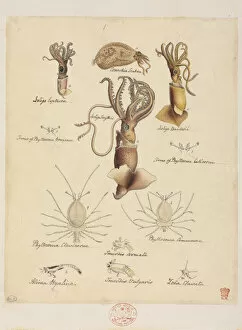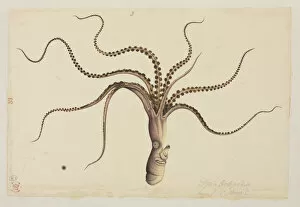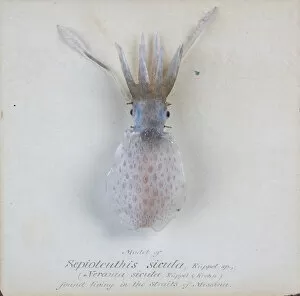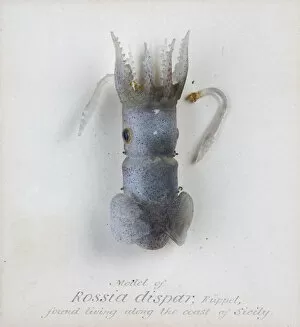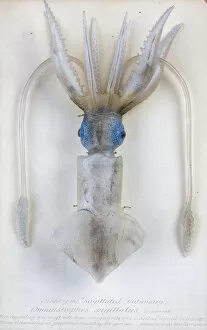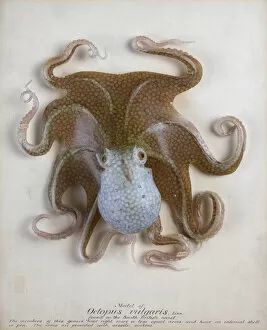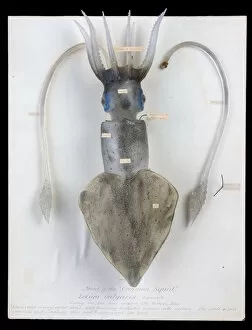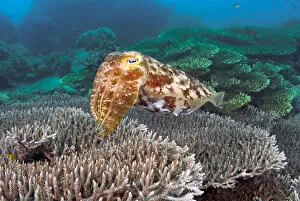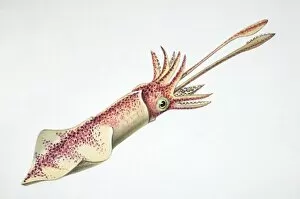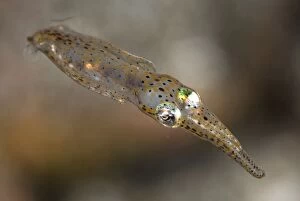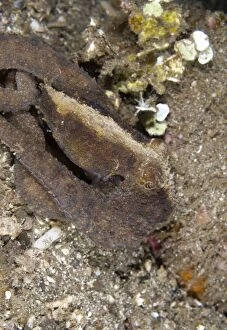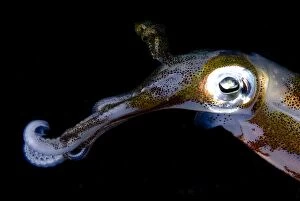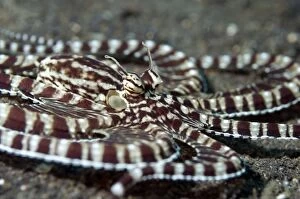Cephalopod Collection (page 6)
"Exploring the Enigmatic World of Cephalopods: From Ancient Mosaics to Living Wonders" Dive into the captivating realm of cephalopods
For sale as Licensed Images
Choose your image, Select your licence and Download the media
"Exploring the Enigmatic World of Cephalopods: From Ancient Mosaics to Living Wonders" Dive into the captivating realm of cephalopods, as we unravel their intriguing story through various hints scattered across time. Starting with a Roman seafood mosaic, depicting an array of marine creatures, our attention is drawn to the mesmerizing giant octopus that has fascinated humans for centuries. Moving forward in history, an engraving showcasing a nautilus and an ammonite reminds us of these ancient relatives of modern-day cephalopods. These extinct marine reptiles once roamed the oceans alongside fascinating creatures like Asteroceras, a fossil ammonite frozen in time. Shifting our focus to present times, we encounter the enigmatic octopus - intelligent and elusive beings that continue to captivate scientists and enthusiasts alike. An astonishing SEM image reveals intricate details of an ammonite fossil while highlighting its significance in understanding Earth's past. Traveling back further in time, we stumble upon a 19th-century depiction of the common octopus - showcasing its unique characteristics and vibrant colors. However, not all cephalopods boast such flamboyance; enter the Blue-ringed Octopus with its stunning blue rings serving as both beauty and warning. As we delve deeper into this diverse group of animals known as cephalopods, we come across Argonauta hians or brown paper nautilus - displaying incredible craftsmanship by creating delicate shells from secreted materials. Meanwhile, Sepia officinalis or cuttlefish amazes us with its side view revealing remarkable adaptations for survival. From ancient mosaics portraying Roman delicacies to fossils preserving long-lost species like ammonites and marine reptiles – cephalopods have left their mark throughout history. Today's living wonders such as giant octopuses and colorful blue-ringed octopi remind us that there is still much more to uncover about these intelligent and mysterious creatures that inhabit our aquatic world.

